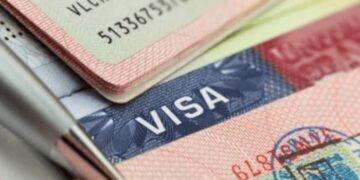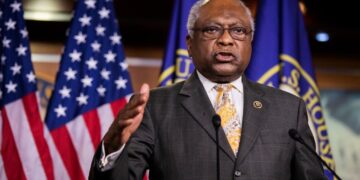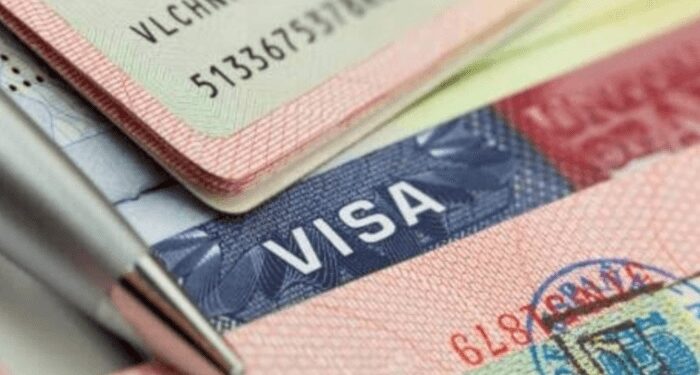By Ebi Kesiena
A newly published US government report has revealed a shift in visa overstay trends, with Ghana overtaking Nigeria in non-immigrant visa misuse during the fiscal year 2023.
Covering the period from October 2022 to September 2023, the report highlights a concerning rise in visa overstays among Ghanaians holding B1/B2 visas, commonly issued for business or tourism, as well as F, M, and J visas for students and exchange visitors.
The report detailed 510,363 suspected in-country overstays, accounting for 1.31% of expected departures from the US, alongside 54,792 out-of-country overstays, which represent 0.14% of anticipated departures.
In 2023, Ghanaians were issued 25,454 B1/B2 visas, of which 1,910 individuals overstayed, resulting in a 7.50% overstay rate. For student and exchange visitor visas, Ghana’s overstay rate was a striking 21%, with 537 out of 2,559 visa holders remaining unlawfully in the US.
These figures mark a significant decline in compliance compared to pre-pandemic levels in 2019, when Ghana’s B1/B2 visa overstay rate was 5.09%, and the student visa overstay rate was 12.7%.
Meanwhile, Nigeria issued 84,051 B1/B2 visas in 2023, with 6,000 Nigerians overstaying—a slightly lower overstay rate of 7.14%. For student and exchange visitor visas, Nigeria reported a 15.60% overstay rate, substantially below Ghana’s 21%. Comparatively, Nigeria’s compliance rates have also worsened since 2019, when the B1/B2 visa overstay rate stood at 9.88%, and the student visa overstay rate was 13.43%.
The report extends its analysis to other African nations, revealing high overstay rates in Togo (19%), Burkina Faso (12.13%), Ivory Coast (7.48%), and Mali (5.27%). These figures reflect varying levels of compliance across the region.
Visa overstays occur when a traveller remains in the U.S. beyond their authorized period of admission. The U.S. Customs and Border Protection classifies overstays as either in-country (when no departure is recorded) or out-of-country (when a traveller departs after their permitted time has expired). Determining compliance, however, involves evaluating visa extensions and status adjustments, which may account for some of the reported figures.
This latest report however, underscores improved data collection methods by US authorities, offering a clearer picture of visa compliance trends among international visitors.


































